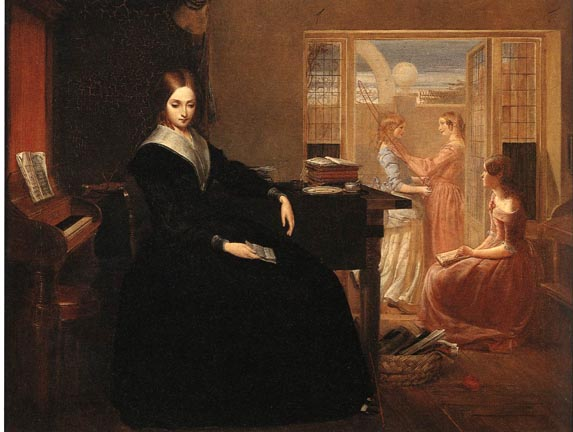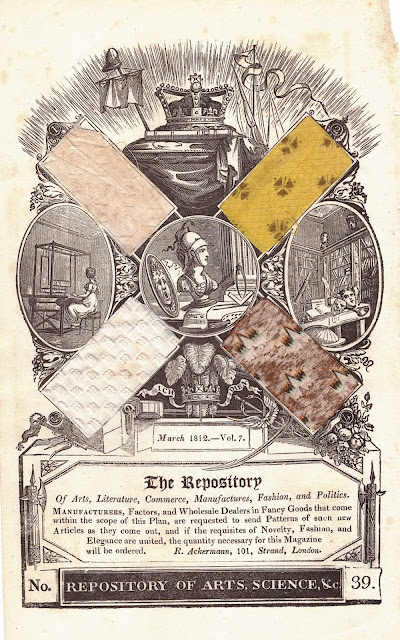A few weeks ago Regina pointed out to me that I had never blogged here about my publisher, Book View Café, and that I really ought to. After I stopped calling myself names, I decided I would, because BVC is really kind of a cool thing.
Book View Café is a cooperative publisher, meaning it is run and managed by its members and publishes their books. That means the members (including me) wear a lot of different hats at different times: we’re business managers and bookkeepers and technology managers and marketers and editors and designers and cover artists. Basically, we do all the tasks that any publishers does, but we’re doing them for ourselves.Book View Café was founded in 2008 by a group of science fiction and fantasy authors—among them Ursula K. LeGuin and Vonda N. McIntyre who wanted to bring out their books that were no longer in print, but also to find a way to publish on their own terms. Fifteen years later, BVC has published hundreds of its members’ books, which it sells from its own online store as well as on Amazon, Barnes and Noble, Kobo, and elsewhere, and makes available to multiple library distributors. Of note is the fact that each author receives 90% of the cover price of their titles sold in the BVC bookstore—unheard of in a publishing world where authors receive a tiny percentage of the profits from their books.
We publish primarily genre fiction—fantasy, romance, science fiction, and mystery—with a smattering of other types of fiction as well as some non-fiction, in particular books on writing. We periodically bring out short story anthologies as well—our last was Murmurs in the Dark, the ghost story anthology I co-edited with Shannon Page—and we’re noodling around with a cookbook idea, mostly for fun…
That’s a key concept at BVC, now that I think of it: fun. We take our business practices and the running of our co-op very seriously…but when we take off the business hats and put on our writing hats, we can write what we want to write, what we enjoy writing, without being constrained by the opinions of a marketing committee somewhere. It means that Sherwood Smith could write a Wuxia fantasy series just because she wanted to, that Shannon Page can co-write mysteries set in her beautiful home island community because she wanted to, and I can write my Regency/fantasy-of-manners/mystery/romance Ladies of Almack’s series because I might have exploded if I hadn’t.
And that’s Book View Café. Thanks for nudging me, Regina.
And speaking of just for fun…remember my post a few weeks back about Ladies of Almack’s Regency meme calendars? Well, I did it: 2023 calendars (featuring all new, never before published memes) and magnets are available at my Etsy store here. Because Regency snark? How could I not? 😀


















